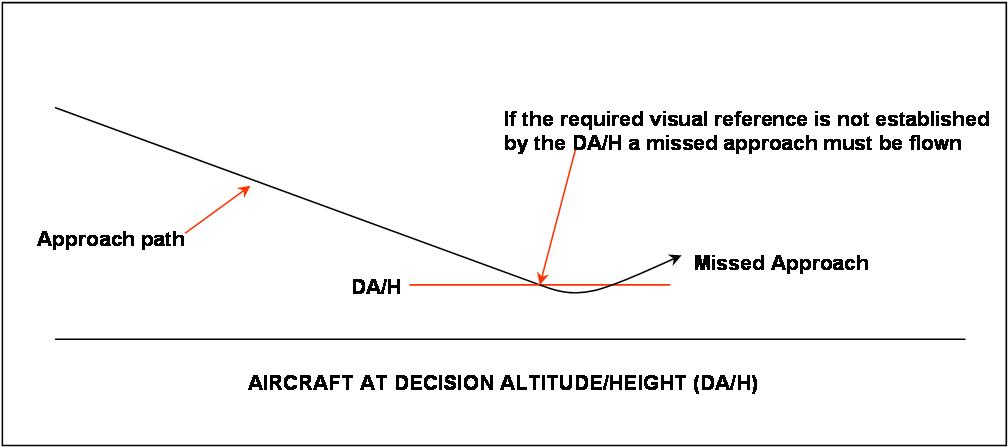In the intricate world of aviation, approach minimums serve as crucial guidelines for pilots, ensuring safe and controlled landings under varying weather conditions. Among the diverse approach minimums employed, Minimum Descent Altitude (MDA) and Decision Height (DH) stand as prominent terms, often used interchangeably. While these two terms share similarities, they exhibit distinct differences that influence their application in various approach scenarios.
MDA: A Guiding Light for Non-Precision Approaches
Minimum Descent Altitude (MDA) represents the lowest altitude to which a pilot can descend during a non-precision approach. Non-precision approaches rely on ground-based navigational aids, such as VORs or NDBs, which provide less precise guidance compared to precision approaches. Consequently, the MDA serves as a safeguard, ensuring that the aircraft remains at a safe altitude until the runway environment is visually acquired.

DH: A Decisive Threshold for Precision Approaches
Decision Height (DH) plays a pivotal role in precision approaches, where more accurate navigational guidance is available through systems like Instrument Landing Systems (ILS) or Localizer Performance with Vertical Guidance (LPV). Unlike MDA, which allows descent until visual reference is established, DH dictates a decision point for pilots. Upon reaching DH, pilots must either continue the approach to landing or initiate a missed approach procedure if the runway environment is not visible.

Unveiling the Key Distinctions
The primary distinction between MDA and DH lies in their applicability to different types of approaches. MDA is specifically employed for non-precision approaches, while DH is exclusively used for precision approaches. This distinction stems from the varying levels of navigational accuracy provided by the respective approach systems. Additionally, MDA allows descent until visual reference is established, while DH mandates a decision at the specified altitude.
MDA vs. DH: A Comparative Analysis
| Feature | MDA | DH |
|---|---|---|
| Approach Type | Non-precision | Precision |
| Altitude Reference | Mean Sea Level (MSL) or Aerodrome Elevation (AE) | Height above Touchdown Zone Elevation (TDZE) |
| Purpose | Ensures safe descent until visual reference is acquired | Dictates a decision point: continue approach or initiate missed approach |
| Applicability | Non-precision approaches using VORs, NDBs, or other ground-based aids | Precision approaches using ILS, LPV, or other precise guidance systems |
Exploring the Significance of MDA and DH
MDA and DH play crucial roles in ensuring safe and controlled landings under challenging weather conditions. MDA provides a safe descent threshold for non-precision approaches, while DH mandates a decision point in precision approaches, preventing pilots from continuing the approach if visual reference is not established.
Enhancing Safety through Approach Minimums
The implementation of MDA and DH has significantly enhanced aviation safety by providing pilots with clear guidelines for decision-making and descent during approach procedures. These approach minimums, coupled with advanced navigational systems and pilot training, have contributed to a remarkable reduction in approach-related accidents.
Conclusion: Navigating the Skies with Confidence
MDA and DH stand as essential components of approach procedures, guiding pilots safely towards landings under varying visibility conditions. By understanding their distinct roles and applications, aviators can navigate the skies with confidence, ensuring the safety of themselves, their passengers, and the aircraft they command.